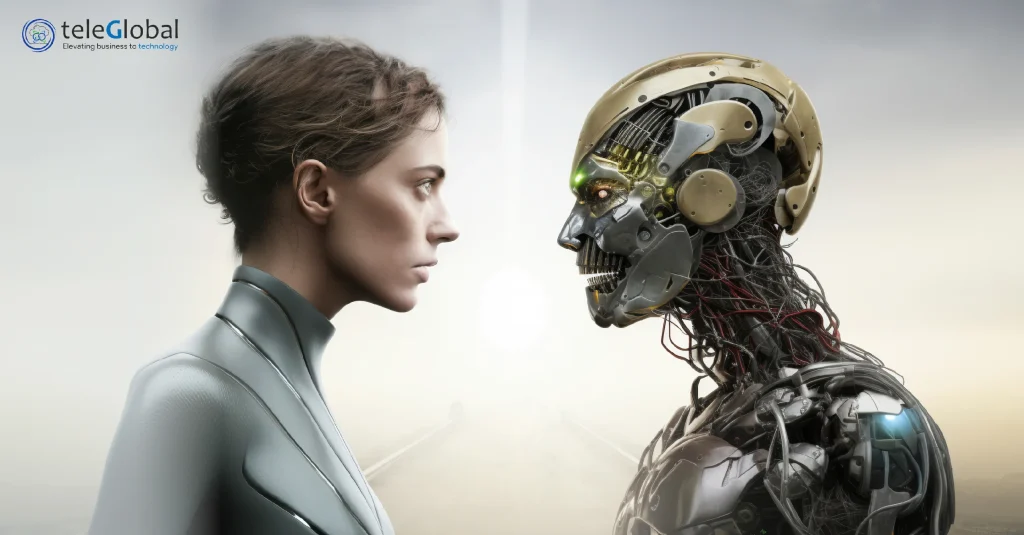
| Author: Kamlesh Kumar | Published: 12-Sept-2025 |
Artificial intelligence is no longer a far-off idea. Businesses today use it to reduce costs, improve speed, and grow faster. Two major types are shaping business success: agentic AI and generative AI. They sound similar, but they solve very different problems. In this blog, we will break down the differences between agentic AI and generative AI, their business applications, and the real benefits of agentic AI and benefits of generative AI for business growth.
Agentic AI is built to act with purpose. It does more than respond. It can make choices and take steps toward a goal. Think of it as a digital agent that does tasks on its own.
For example, it can:
This makes it useful in complex workflows where timing and accuracy matter. From supply chain alerts to real-time process control, agentic AI helps businesses act fast.
Generative AI focuses on creation. It learns patterns from data and then produces new content. This content can be text, images, code, designs, or even video.
For example, it can:
It doesn’t act on business systems like agentic AI does. Instead, it helps people create more in less time, cutting costs and boosting output.
The differences between agentic AI and generative AI come down to how they operate and what value they bring.
Both can improve business, but they solve different problems.
Businesses are starting to use agentic AI in daily operations. Some common uses include:
In short, it takes on the tasks that often slow teams down, giving staff more time for strategy.
Generative AI shines where content is key. Businesses use it to:
This helps teams speed up work, cut content costs, and improve creativity.
The benefits of agentic AI go far beyond automation.
These gains build up, leading to faster growth and stronger systems.
The benefits of generative AI show up in speed and creativity.
With these gains, businesses grow by reaching more customers, faster and cheaper.
Choosing between agentic AI vs generative AI depends on your need.
Some companies may use both. For example, an e-commerce company could use agentic AI to track orders and fix delivery issues, while using generative AI to create product descriptions.
The future of AI in business will blend both. By 2030, PwC predicts AI could add $15.7 trillion to the global economy. Many of those gains will come from tools that combine action and creation.
We will see systems that not only act but also explain their actions in clear reports. Businesses will trust them more, and staff will work alongside them as partners.
At TeleGlobal International, we help businesses uncover the right mix of agentic AI and generative AI. Our solutions are built for real-world business needs, not just theory. We design tools that act when you need fast action and create when you need ideas and content. Most of all, we focus on building systems that are safe, easy to use, and tailored to your business goals.
Systems that can act on goals, plan steps, and adapt with minimal input.
Tools that generate content when given a prompt.
Generative AI reacts to prompts; agentic AI acts on goals across steps.
It reduces repetitive work, speeds outcomes, and boosts decision quality.
Faster content creation, coding, summaries, and help in daily work.
Report writing, code generation, email drafts, and content design.
Workflow automation, task planning, monitoring, and action across systems.
 close
close

Hi there! At TeleGlobal, we turn your cloud vision into AI-accelerated reality. What challenge can we help you solve?
Powered by ![]() teleBot
teleBot